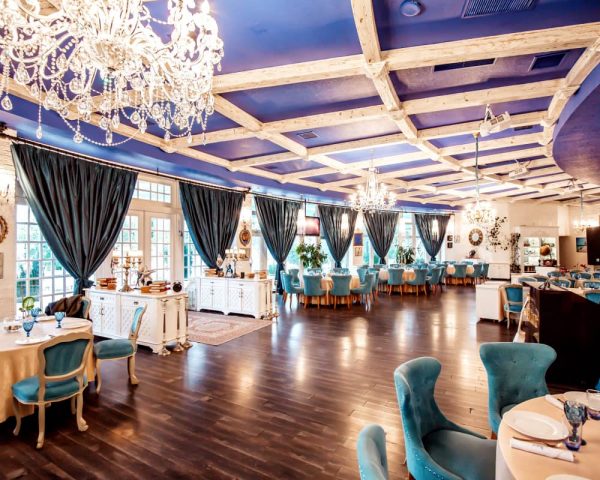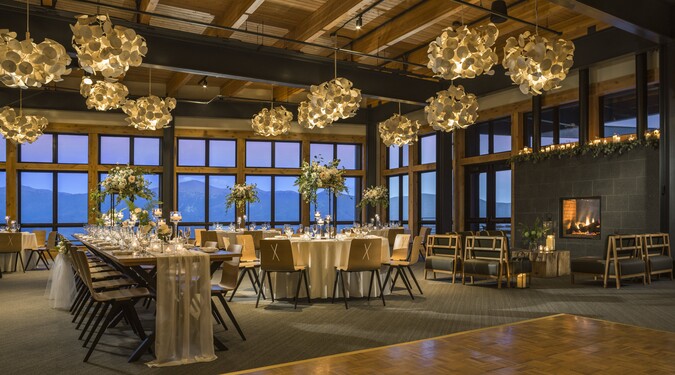Reference




Moonshot's Answer
The decision to record in a cavernous ballroom can be justified for several reasons, as suggested by the search results:
-
Acoustics: Cavernous ballrooms often have unique acoustics that can add depth and richness to the sound, which can be desirable for certain types of music recordings. The natural reverberation can enhance the listening experience.
-
Ambience: The atmosphere of a large, open space can contribute to the mood and feel of the music. This is particularly relevant for genres like jazz or classical music, where the setting can influence the performance and recording.
-
Historical Significance: Some ballrooms have a rich history and cultural significance. Recording in such a venue can capture a piece of that history and add a layer of authenticity to the music.
-
Production Value: A large space can provide a dramatic backdrop for recording sessions, which can be beneficial for the final product, especially if the recording is meant to be visually as well as audibly impressive.
-
Challenge and Creativity: As with the case of Bill Mathieu's skepticism about recording in a cavernous ballroom, the challenge of capturing sound in a large space can push producers and engineers to be more creative with their techniques, potentially leading to innovative recordings.
-
Venue Size: For live recordings, a large ballroom can accommodate a full orchestra or a big band, providing the necessary space for the musicians and equipment.
In conclusion, while recording in a cavernous ballroom presents challenges, the unique acoustics, atmosphere, historical context, and production value can justify the decision, leading to a distinctive and memorable recording experience.